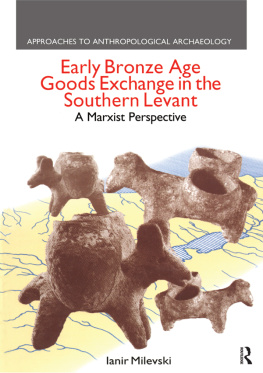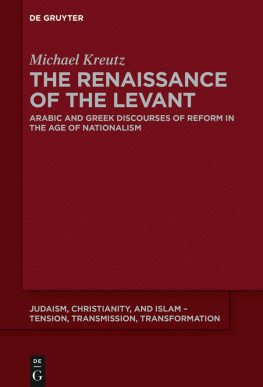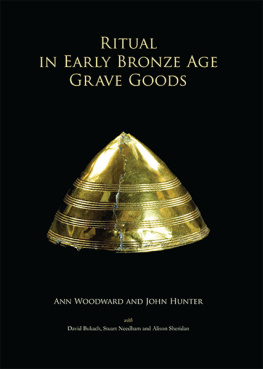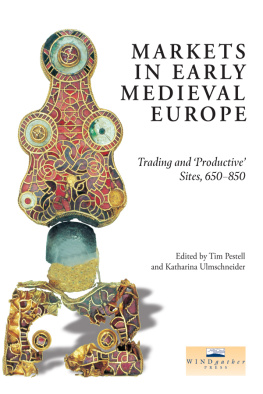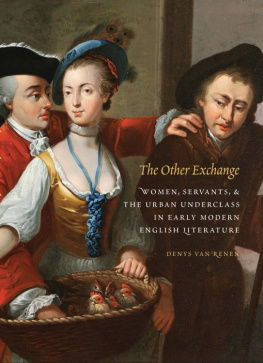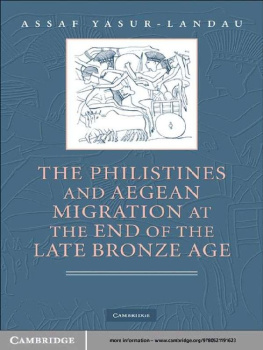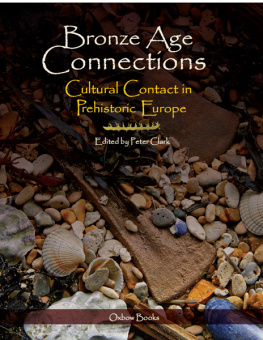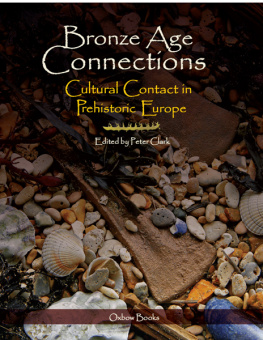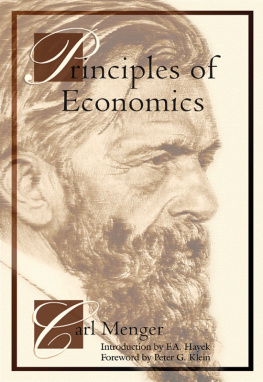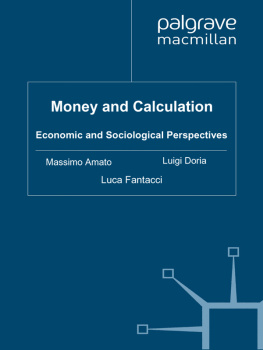Approaches to Anthropological Archaeology
Series Editor: Thomas E. Levy, University of California, San Diego
Editorial Board:
Guillermo Algaze, University of California, San Diego
Geoffrey E. Braswell, University of California, San Diego
Paul S. Goldstein, University of California, San Diego
Joyce Marcus, University of Michigan
This series recognizes the fundamental role that anthropology now plays in archaeology and also integrates the strengths of various research paradigms that characterize archaeology on the world scene today. Some of these different approaches include New or Processual archaeology, Post-Processual, evolutionist, cognitive, symbolic, Marxist, and historical archaeologies. Anthropological archaeology accomplishes its goals by taking into account the cultural and, when possible, historical context of the material remains being studied. This involves the development of models concerning the formative role of cognition, symbolism, and ideology in human societies to explain the more material and economic dimensions of human culture that are the natural purview of archaeological data. It also involves an understanding of the cultural ecology of the societies being studied, and of the limitations and opportunities that the environment (both natural and cultural) imposes on the evolution or devolution of human societies. Based on the assumption that cultures never develop in isolation, Anthropological Archaeology takes a regional approach to tackling fundamental issues concerning past cultural evolution anywhere in the world.
Published:
Archaeology, Anthropology and Cult
The Sanctuary at Gilat, Israel
Edited by Thomas E. Levy
Connectivity in Antiquity
Globalization as a Long Term Historical Process
Edited by ystein LaBianca and Sandra Arnold Scham
Israels Ethnogenesis
Settlement, Interaction, Expansion and Resistance
Avraham Faust
Axe Age
Acheulian Tool-making from Quarry to Discard
Edited by Naama Goren-Inbar and Gonen Sharon
New Approaches to Old Stones
Recent Studies of Ground Stone Artifacts
Edited by Yorke M. Rowan and Jennie R. Ebeling
Prehistoric Societies on the Northern Frontiers of China
Archaeological Perspectives on Identity Formation and
Economic Change during the First Millennium BCE
Gideon Shelach
Dawn of the Metal Age
Technology and Society during the Levantine
Chalcolithic
Jonathan Golden
Forthcoming:
Structured Worlds
The Archaeology of Hunter-Gatherer Thought and
Action
Edited by Aubrey Cannon
Desert Chiefdom
Dimensions of Subterranean Settlement and Society in Israels Negev Desert (c. 45003600 BC) Based on New Data from Shiqmim
Edited by Thomas E. Levy, Yorke M. Rowan and Margie M. Burton
Ultimate Devotion
The Historical Impact and Archaeological Reflections of Religious Extremism
Yoav Arbel
Animal Husbandry in Ancient Israel A
Zoo-archaeological Perspective
Herd Management, Economic Strategies and Animal
Exploitation
Aharon Sassoon
Metal, Nomads and Culture Contact
The Middle East and North Africa
Nils Anfinset
Early Bronze Age Goods
Exchange in the Southern
Levant
A Marxist Perspective
Ianir Milevski

First published 2011 by Equinox, an imprint of Acumen
Published 2014 by Routledge
2 Park Square, Milton Park, Abingdon, Oxon OX14 4RN
711 Third Avenue, New York, NY 10017, USA
Routledge is an imprint of the Taylor & Francis Group, an informa business
Ianir Milevski 2011
All rights reserved. No part of this book may be reprinted or reproduced or utilised in any form or by any electronic, mechanical, or other means, now known or hereafter invented, including photocopying and recording, or in any information storage or retrieval system, without permission in writing from the publishers.
Notices
Practitioners and researchers must always rely on their own experience and knowledge in evaluating and using any information, methods, compounds, or experiments described herein. In using such information or methods they should be mindful of their own safety and the safety of others, including parties for whom they have a professional responsibility.
To the fullest extent of the law, neither the Publisher nor the authors, contributors, or editors, assume any liability for any injury and/or damage to persons or property as a matter of products liability, negligence or otherwise, or from any use or operation of any methods, products, instructions, or ideas contained in the material herein.
The author and publisher gratefully acknowledge the support of The Hebrew University of Jerusalem for the colour plates in this book.
British Library Cataloguing-in-Publication Data
A catalogue record for this book is available from the British Library.
ISBN-13 978-1-84553-378-6 (hardback)
Library of Congress Cataloging-in-Publication Data
Milevski, Ianir.
Early Bronze Age goods exchange in the Southern Levant: a Marxist perspective / Ianir Milevski.
p. cm. -- (Approaches to anthropological archaeology)
Includes bibliographical references and index.
ISBN 978-1-84553-378-6 (hb)
1. Material culture--Palestine. 2. Commerce, Prehistoric--Palestine.
3. Bronze age--Palestine. 4. Palestine--Commerce--History. 5.v
Palestine--Antiquities. 6. Excavations (Archaeology)--Palestine. I.
Title. GN778.32.P19M 55 2009
306.46095694-dc22
2008050067
Typeset by ISB Typesetting, Sheffield
TO MY FAMILY
The habitants of this country are unusually handsome and large. And they are frank in their dealings, and not mercenary; for they do not in general use coined money, nor do they know any number greater than one hundred, but carry on business by means of barter, and otherwise live an easy-going life. They are also unacquainted with measures and weights
(Strabo, Geography XI, 4,4)
Contents
Part I
Research Frameworks
Part II
Commodities
Part III
Transportation, Merchants and Networks
Part IV
Conclusions
This volume is an upgrading of my Ph.D. dissertation (Milevski 2005), which was carried out under the supervision of Prof. Ram Gophna. Two decades ago, as a teacher at the University of Buenos Aires, I acquired an interest in and lectured on aspects of trade in the ancient Near East. This interest, along with my familiarity with Marxist thought to which I have remained faithful through the years, as well as two decades of field experience as a research archaeologist working mainly on Early Bronze Age (henceforth EB Age) sites, have refined the focus of my investigations. Thus, this work is the result of several years of research on production, exchange, craft specialization and the relationship between art and society in the southern Levant during the EB Age. The subject was chosen because of the opportunity it presented to combine my field experience and the resulting data, with theoretical aspects of society and economy, a major area of interest for many researchers studying the ancient Near East.

